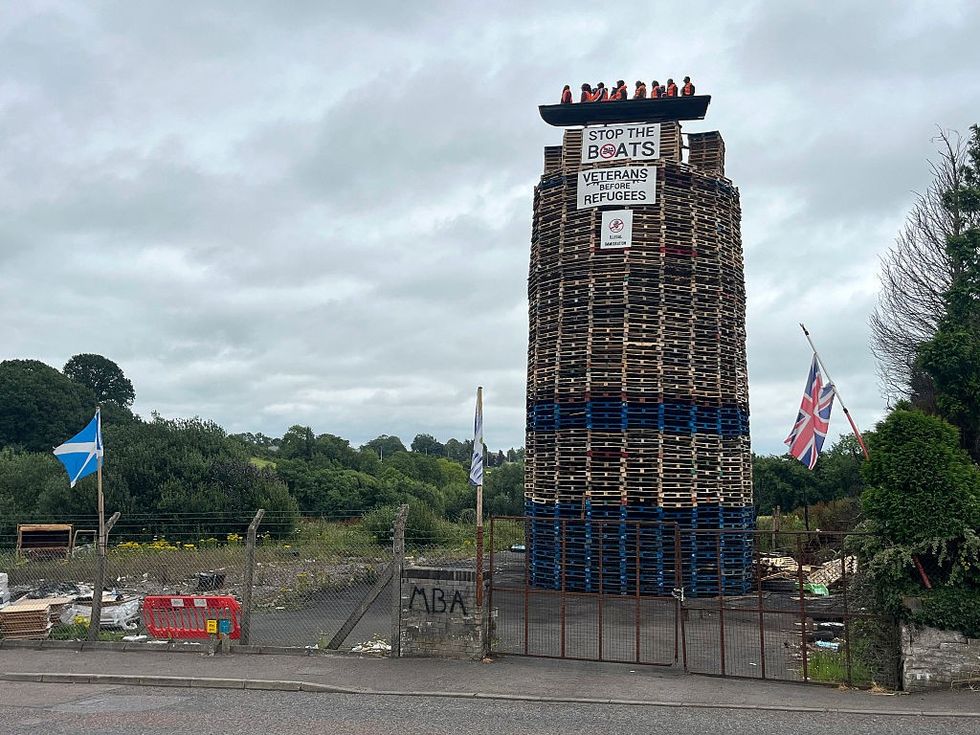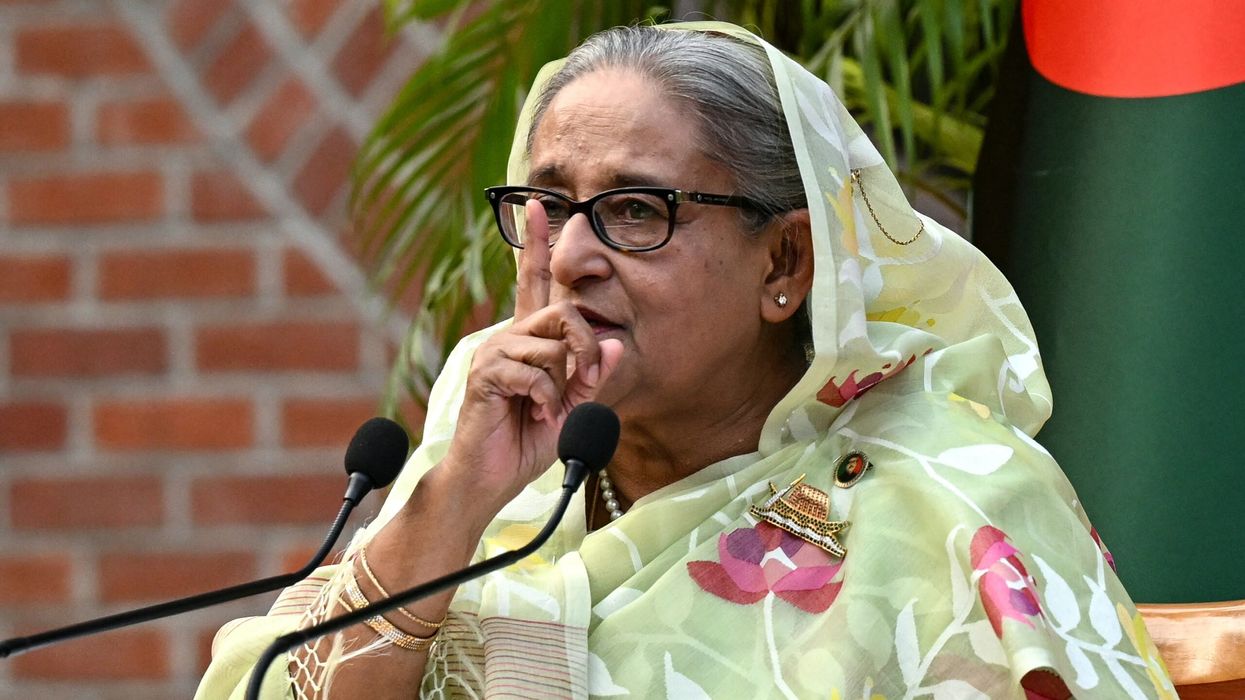HEATHROW AIRPORT, one of Europe’s busiest travel hubs, was shut down early Friday following a fire at an electricity substation that led to a major power outage. The closure has disrupted hundreds of flights and affected thousands of passengers.
Airport authorities said significant disruption is expected in the coming days. Flight tracking service FlightRadar24 reported that at least 1,351 flights to and from the airport would be affected.
“Heathrow is experiencing a significant power outage,” the airport operator said in a statement, adding that the airport would remain closed until just before midnight Friday (2359 GMT).
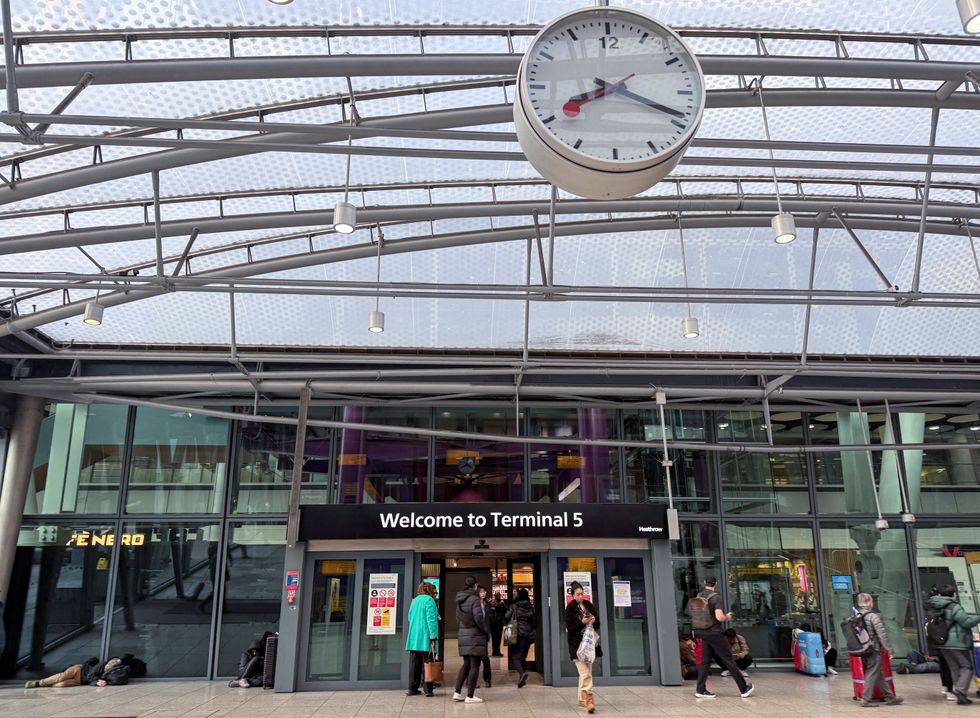
“Passengers should not travel to the airport under any circumstances until the airport reopens,” it said.
At the time of the closure, around 120 flights headed to Heathrow were in the air, according to FlightRadar24.
London Fire Brigade said a fire at a substation in Hayes, a town in the London borough of Hillingdon, caused the power outage.
The brigade deployed 10 fire engines and about 70 firefighters to the scene. Around 150 people were evacuated from nearby properties.
Images shared on social media showed large flames and smoke rising from the substation.
Videos from inside Heathrow terminals showed closed shops and empty corridors lit only by emergency lighting.
“The fire has caused a power outage affecting a large number of homes and local businesses, and we are working closely with our partners to minimise disruption,” said London Fire Brigade assistant commissioner Pat Goulbourne.
The fire was reported at 11:23 pm (2323 GMT). “This is a highly visible and significant incident, and our firefighters are working tirelessly in challenging conditions to bring the fire under control as swiftly as possible,” the brigade said in a statement.
Scottish and Southern Electricity Networks said on its website that an “unplanned outage” had left more than 16,000 homes in the area without power.
Disruption to flights
Heathrow handles over 80 million passengers a year, with around 1,300 take-offs and landings daily.
United Airlines said seven of its flights had to return to their departure airports or be diverted, and all Friday flights to Heathrow were being cancelled.
British Airways, which uses Heathrow as its main hub, said the closure would “clearly have a significant impact” on its operations and passengers. “We’re working as quickly as possible to update them on their travel options for the next 24 hours and beyond,” the airline said.
A statement from British Airways following the disruption at London Heathrow Airport on 21 March pic.twitter.com/WGUZiBbJ9n
— British Airways (@British_Airways) March 21, 2025
Air India has announced the cancellation of all its flights to and from Heathrow Airport for today.
#ImportantUpdate
Due to a significant power outage, London Heathrow Airport has been shut down until 23:59 on 21st March. All Air India flights to and from London Heathrow for 21st March have been cancelled.
For more information or assistance, please call our Contact Centre at…
— Air India (@airindia) March 21, 2025
Gatwick Airport, the UK’s second busiest, said it would take in some flights from Heathrow. “We are aware of the situation at Heathrow today and are supporting as required. Flights from London Gatwick are operating as normal today,” Gatwick said on X.
We are aware of the situation at @HeathrowAirport today and are supporting where required.
Flights from London Gatwick are operating as normal today. pic.twitter.com/cAMbTBQj04
— London Gatwick LGW (@Gatwick_Airport) March 21, 2025
In Sydney, Qantas said two flights en route to Heathrow—a non-stop from Perth and another via Singapore—were diverted to Paris Charles de Gaulle airport.
In January, the UK government approved Heathrow’s plan to build a third runway, expected to be completed by 2035.
London is served by five major airports, but Heathrow, which has only two runways, operates at near-full capacity.
The airport covers 12.3 square kilometres and has four terminals. It opened in 1946 as London Airport before being renamed Heathrow after a hamlet that was demolished for its construction.
Located 25 kilometres (15 miles) west of central London, Heathrow serves 200 destinations across more than 80 countries. Some of its busiest routes last year included Dublin, Los Angeles, Madrid, and New York.
(With inputs from agencies)


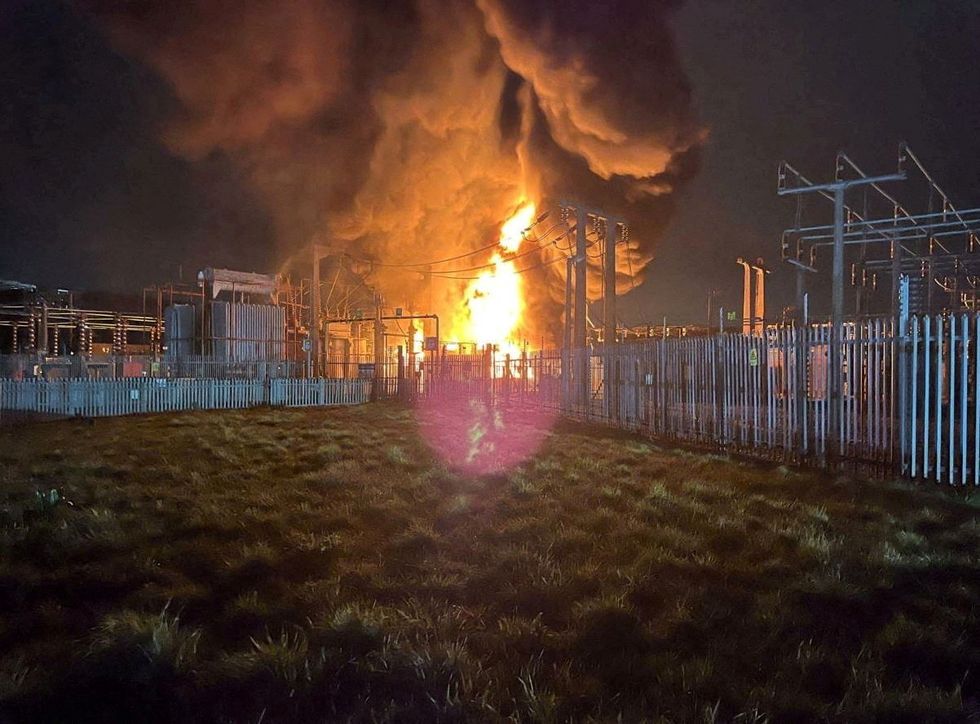















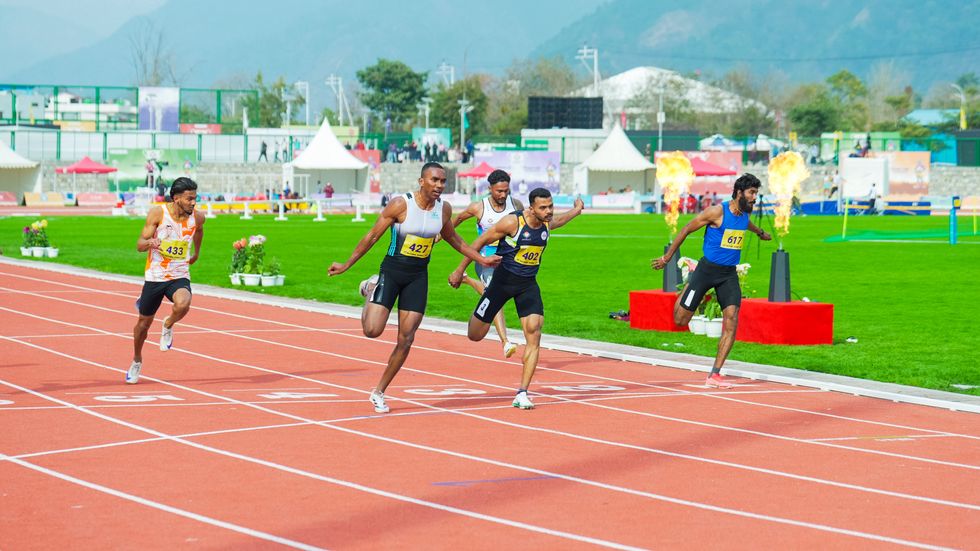
 Kujur's transformation began when he joined the Reliance Foundation programme in December 2022
Kujur's transformation began when he joined the Reliance Foundation programme in December 2022
